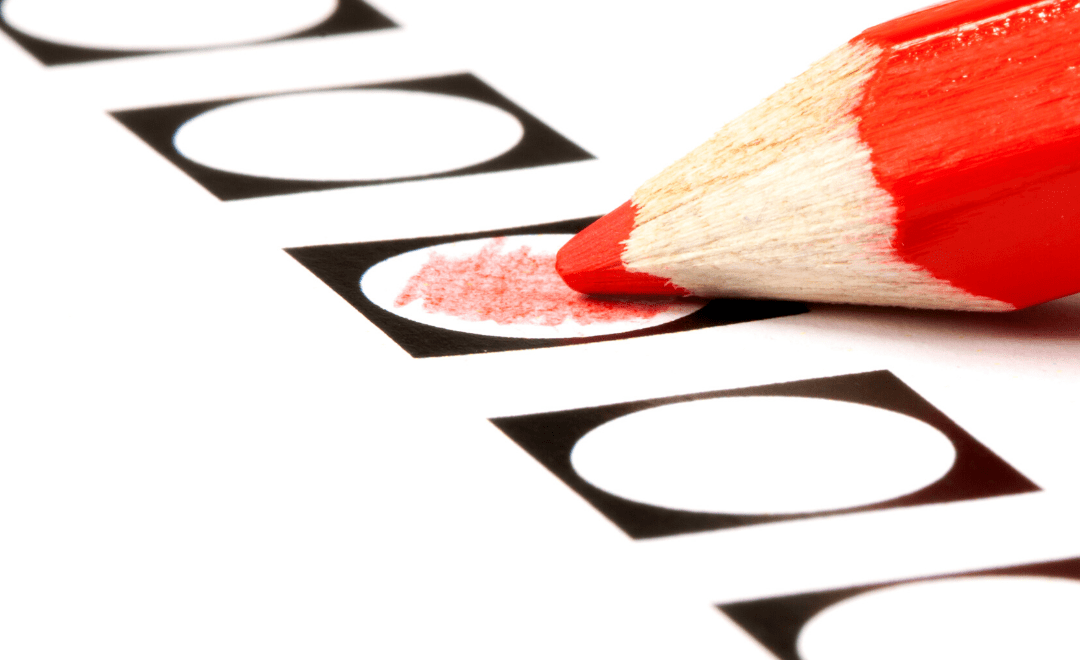Today the parliamentary elections are held. These elections take place every four years. Everyone above 18 years who is registered at a Dutch municipality is allowed to vote. At the polling station a party and person is chosen based on personal preference. After the votes have been counted, the House of Representatives makes decisions on behalf of the Dutch citizens.
On Monday, March 15 and Tuesday, March 16, the polling stations already opened for the vulnerable and risk groups. Due to COVID-19, they developed a way to vote inside your car. This way it is possible to cast your vote in an extra secure way.
All votes will then convert to several places or seats in the House of Representatives. All parties will get seats in the House of Representatives based on the results of the election. To run the country with only one party, a party needs more than half of the votes. That means a party needs at least 76 votes, because in the House of Representatives you have a total of 150 seats.
It almost never happens in the Netherlands that one party rules alone. Therefore, after the elections, the largest party looks for other parties who want to participate in the government. This is called the cabinet formation. They look which parties have which plans and which suits them best.
Those parties will then appoint ministers and state secretaries, with the prime minister as chairman. They always come from the largest party. All agreements and plans are included in a coalition agreement.

